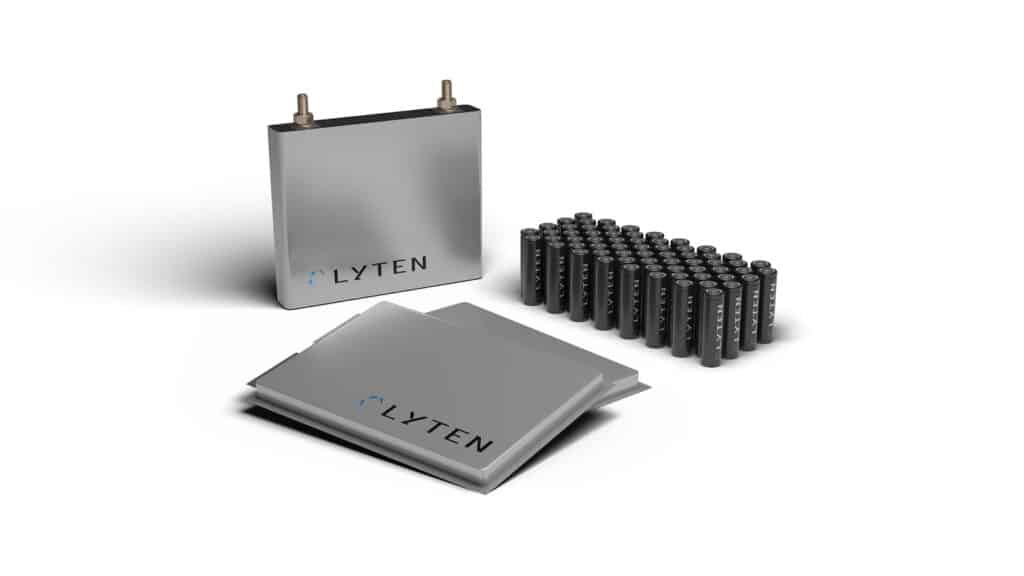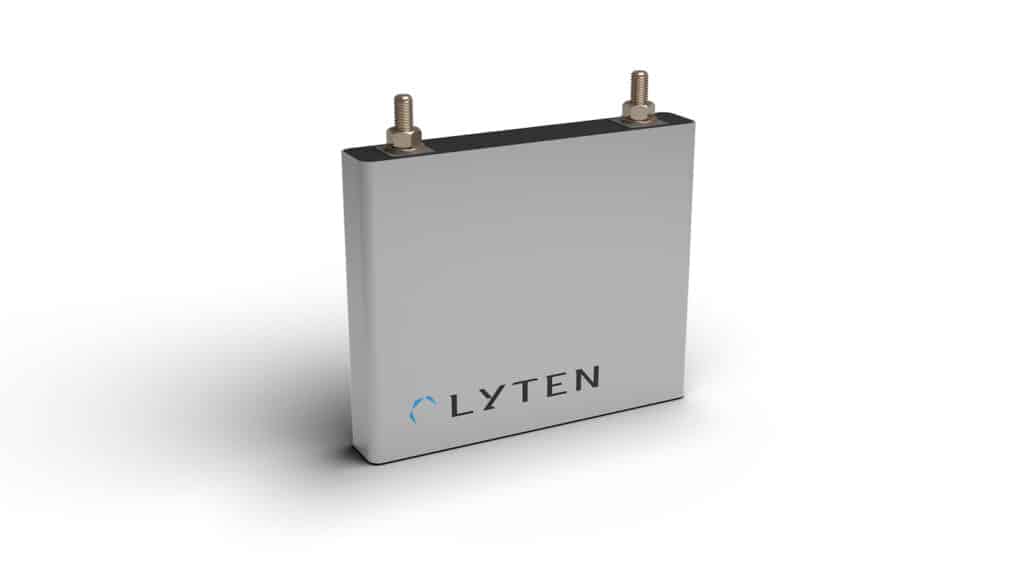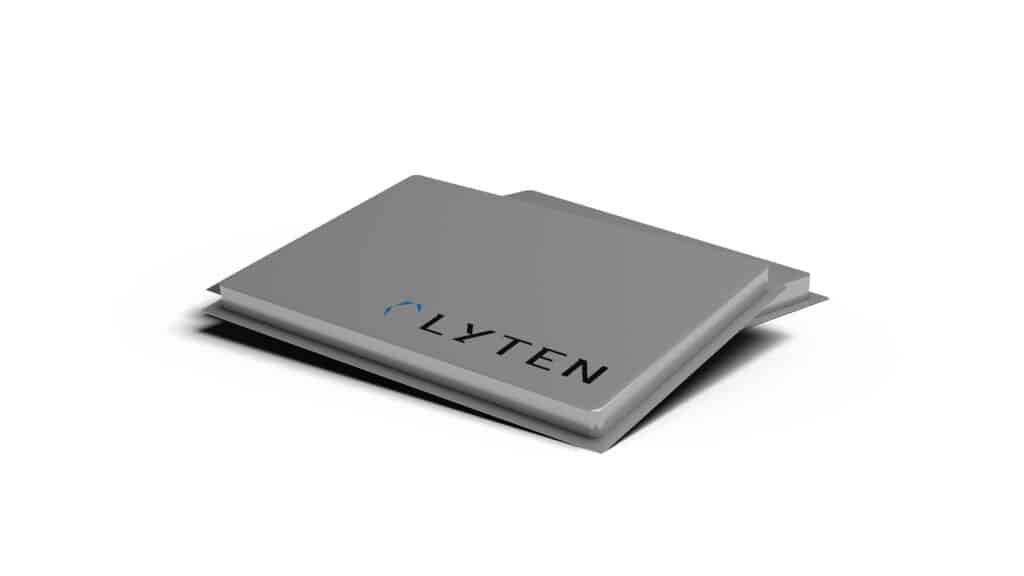Stellantis has used its venture capital fund to invest in a California company called Lyten to develop and commercialize a product called “3D Graphene” with potential applications for Lithium-Sulfur EV battery production and lightweight composites.
Unlike traditional lithium-ion batteries, Lyten’s Lithium-Sulfur batteries do not use nickel, cobalt or manganese in the battery substrate, resulting in an estimated 60% lower carbon footprint than today’s best-in-class batteries. Lyten believes the technology creates a pathway to achieve the lowest-emissions EV battery on the global market.
According to Lyten’s announcement, raw materials for Lithium-Sulfur batteries have the potential to be sourced and produced in North America or Europe, meeting key tax credit requirements. Lyten believes its technology will meet the needs of industries seeking lightweight and energy-dense batteries that are free from supply chain disruptions.
“We are delighted that Stellantis Ventures, as the venture investment arm of a global automotive innovator, has demonstrated a strong belief in our company and our Lyten 3D Graphene decarbonizing supermaterials,” said Dan Cook, president and CEO of Lyten.

“Among the automotive product innovations being transformed by Lyten 3D Graphene are Lithium-Sulfur batteries with the potential to deliver more than twice the energy density of lithium-ion, payload-improving lightweight vehicle composites, and new modes of sensing that do not require chips, batteries or wires. We are committed to advancing each of these applications to Stellantis and the automotive market.”
What is 3D Graphene?
A big part of Lyten’s value proposition is based on what officials call “3D Graphene.” Graphene is a form of carbon in which a single layer of atoms arranges itself in a hexagonal lattice nanostructure, thus being essentially two-dimensional. Lyten’s 3D Graphene is similar to two-dimensional graphene in many of its valuable properties, however 3D Graphene can be orders of magnitude more chemically and electrically reactive while also being highly tunable due to its three-dimensional shape.

“Unlike two-dimensional forms of graphene, the production of our tunable Lyten 3D Graphene has been independently verified to be carbon neutral at scale,” Cook said. “We are converting greenhouse gases into a new class of high-performance, high-value carbon materials and are incorporating these tuned materials into applications that will decarbonize the hardest-to-abate sectors on the planet.”
The processes and equipment to engineer three-dimensional graphene materials are proprietary technological inventions patented by Lyten. Lyten will scale its initial output from its San Jose, California facility and will soon explore locations for a second phase of output capacity.
“Lyten’s Lithium-Sulfur battery has the potential to be a key ingredient in enabling mass-market EV adoption globally,” said Carlos Tavares, Stellantis CEO, “and their material technology is equally well positioned to help reduce vehicle weight, which is all necessary for our industry to achieve carbon net zero goals.”
Potential impact on EV production

With traditional lithium-ion battery materials in critically short supply for EV manufacturing, Lyten’s Lithium-Sulfur battery, called a “LytCell,” may offer an alternative, non-nickel-manganese-cobalt cathode solution that supports the global transition to electric vehicles at mass market scale.
Lyten’s stated goal is “to provide a secure supply of performance-based and environmentally sustainable products to its customers, while also enabling auto manufacturers to take advantage of growing U.S. and European policy incentives, such as those referenced in the Inflation Reduction Act.”
The LytCell uses Lyten 3D Graphene to address the polysulfide shuttle challenges associated with sulfur. Essentially, the sulfur tends to dissolve and leads to rapidly diminishing battery capacity. Lyten believes that using 3D Graphene as the cathode material will lead to a higher-performance battery that will have more than twice the energy density of conventional EV batteries.
In the world of lightweight composites, “LytR” is Lyten’s unique thermoplastic formulation. iWhen Lyten 3D Graphene is dispersed into polyethylene it significantly strengthens the thermoplastics’ chemical and physical properties, thereby reducing up to half the weight required while maintaining or improving strength and performance.
Lyten’s Lithium-Sulfur battery, composites, and sensor technologies are initially being produced on its 145,000 square-foot campus in Silicon Valley. Apart from producing EV batteries, Lyten is working with previous customers to start delivering Lithium-Sulfur batteries and 3D Graphene-infused composites for specialty markets in 2023.

